As a parent of teens, I want to protect my kids from accidentally or purposely stumbling on a pornography website. Setting up parental control software on each device my kids own can be expensive, time-consuming, and irritating. Enter Circle. Circle is a little box that helps you control what your kids see on the internet and how long they can spend on the internet. It is a hardware firewall that behaves like none other.
Circle is not a router. It works in conjunction with your router to filter content to each device on your network. You do not need to download software on each device in the household. Only the management device needs to download an app in order to setup and change settings. The management app is free from either the App Store or Google Play Store. All you need to run the management app is an iOS device of iOS 9 or later or an Android device using Jelly Bean or later.
Circle Features
- Easy to setup
- Category-based content filtering
- Has an internet Pause button
- Set bedtimes for each kid
- Set time limits
- Reward your kids with additional internet time
- Create off-time where the internet is off-limits
- See what your kids have been looking at on the internet
How it Works
How does Circle work? Circle is a device you put on your network that intercepts outbound traffic and applies filters to it as needed. To do this it uses what is called ARP Spoofing. If you were to look up ARP spoofing it talks of hackers and attacks to your network by redirecting the internet traffic. Circle uses ARP Spoofing to redirect the internet traffic but there is no attack going on here. It is important to note that this ARP Spoofing done by Circle can cause your browser to say it is being hijacked. This is exactly what Circle is doing because you are not allowed on that site due to the filters in place. My point is don't panic if you get these types of warnings or "No Connection" errors. Circle is doing exactly what you told it to do, keeping that device off that particular app or site. It is also important to note that Circle only ARP spoofs when filtering is required. That means all devices that have the filter set to "None" or are completely exempt will simply send the traffic straight to the router instead of through Circle for spoofing.
My Review of Circle
To use Circle there is a onetime fee of $99. After that, it is free to use as long as you want. This is not bad considering other parental control software and hardware can cost upwards of $70/year.
Once you have a Circle you need to download the mobile app on the device you plan on managing the household with. This can be downloaded on Apple from the App Store or on an Android from the Play Store. The entire setup process is done on that device.
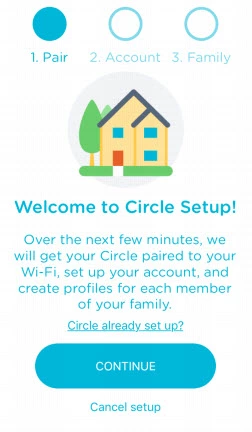
After that, you simply follow the steps on your mobile device to get Circle set up. When you get to the setup part where it talks about assigning a user to a device it might start to get a little tricky. Some of your devices have nice names such as aimie's computer making it easy to tell what that device is. But you may also have multiple devices that have names that are simply a jumble of 9 to 16 letters and numbers. Finding out whose phone or kindle each device is can start to become nightmarish. You may end up having everyone disconnect and reconnect one by one while watching on your router while taking notes about which device is which. Talk about frustration!
With that list of devices and who they belong to in hand you can go to the next step: Setting up profiles for everyone. While setting up profiles for your family you are allowed to pick from five different filter levels: Pre-K, Kid, Teen, Adult, and None. It is important to note that Circle can only filter based on the device, not the user. So if a kid gets ahold of your adult or exempt device, Circle cannot tell. They can then go anywhere you can go on the web. Even though Circle has created an awesome parental control tool, there are still ways a tech-savvy teen or kid can get around these features. Some teens turn off Wi-Fi and simply use data on their phones to cruise the web. Being a parent is never easy. However, Circle has made it a little more controllable.
During setup, Circle looks for unmanaged devices as well. These devices need to run all the time such as smart thermostats, garage door openers, and smoke detectors. Most people do not want any of them to be paused or have a bedtime. ÃÆÃââââ¬à ¡ÃÆââ¬Å¡ÃâàAny devices that are not set to the unmanaged category or set to a specific person in the Circle will belong to the Home User, which is their term for an administrator or owner.
Cool Parental Control Features
Category Based Filtering
As mentioned earlier there are five basic filter levels: Pre-K, Kid, Teen, and Adult, and None, with Pre-K being the most restrictive. Only very safe applications and sites are available for kids below the age of 5. On the other end of the spectrum is None. A device in the None category is completely ignored by Circle.
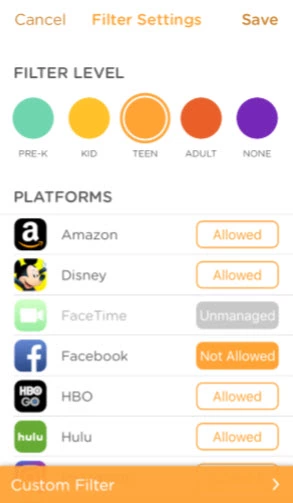
In the image above the filter is set to teen. You can see what sites and apps that by default are allowed, not allowed, and unmanaged. If a site or app is allowed it means that the teen can use this app or visit this site as long as his/her internet is not paused or past bedtime. If it is set to not allowed it means they can never visit that site or app. If the app or site is set to unmanaged, such as Facetime in the image above, then the teen can use that app whenever they want whether it is past bedtime or while the internet is paused.
If there is a specific site that your child visits regularly that is not in the defaults you can create a custom filter. You simply click the button at the bottom labeled Custom Filter.
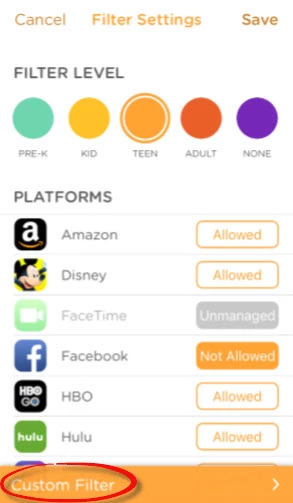
On this new screen, you can add a specific website you want to be managed. Simply add the website where it says to and set that website to allowed, not allowed, or unmanaged.

This is an excellent start to a great filtering system; however, there are still some downsides that can be seen immediately. Many children do their homework using the internet. If a distracted child is uninterested in doing their science homework they can spend time on some other more interesting sites. It would be nice if there was a way to group sites as educational and non-educational, where during homework-time they are restricted from certain sites and not others. In that case, you could go in manually and set up those homework sites as unmanaged but that kind of defeats the internet pause, manage, time limit, and bedtime features of this parental control tool.
Time limits
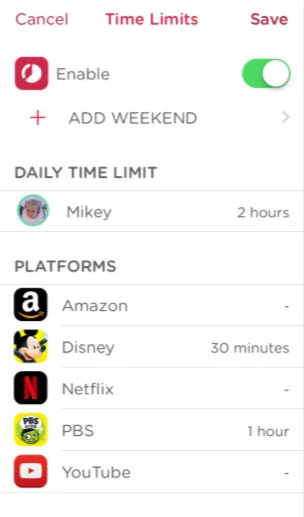
With this feature, you can set time limits to apps and sites for weekdays and weekends. You also have the ability to turn off the time limit if you want to.
internet Pause Button
The internet pause button is a very handy feature.
internet Pause Feature
- Dinner time? internet paused. - A certain child didn't complete their chores? internet paused. - Grounded? internet paused.
This is a very cool feature that is worth using.
Bedtimes
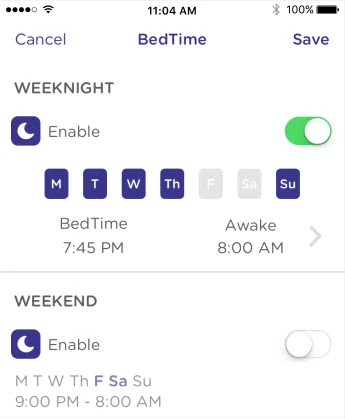
If you have a kid who is frequently spending late nights on social media, creating rush mornings due to internet-induced lack of sleep, then the Bedtimes feature will come in very handy. All you need to do is set up a bedtime for each kid, using the bedtime feature, and the internet goes away at that time each night.
Rewards
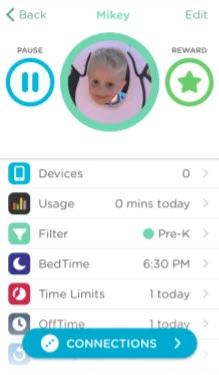
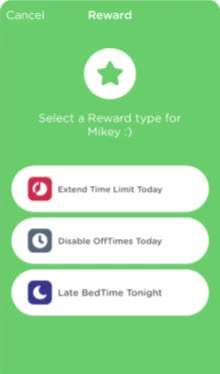
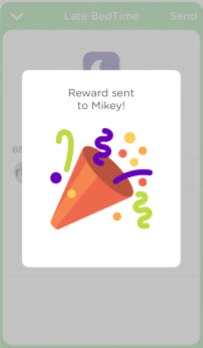
The Rewards feature allows you to praise or reward one of your kids for a job well done. You can give them extra internet time, extend their bedtime, or even disable a normal off-time for that day.
Off Time
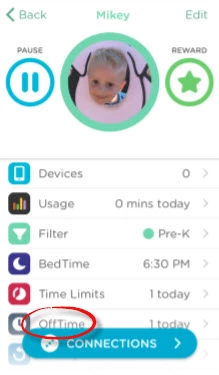
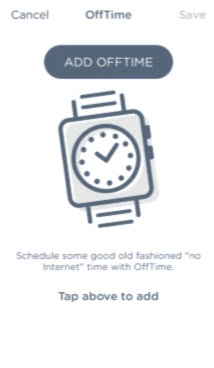
Clicking on the Off Time option you can designate times of the day where that person will have no internet access. This could be for non-internet homework, chores, dinnertime, etc.
Usage
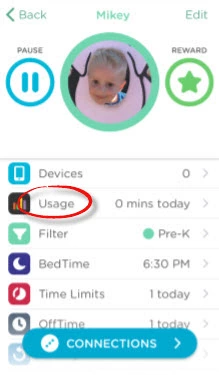
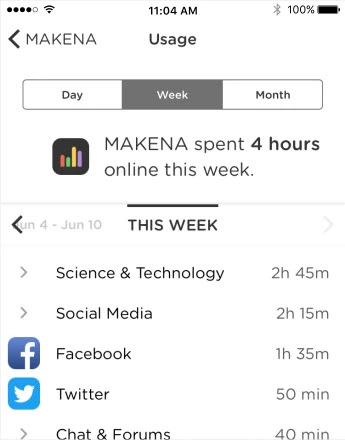
Usage is a great way to monitor your kids' internet habits. This allows you to see exactly where your family members are spending their time. To go even further and see exactly what sites that child has visited click on the History button.
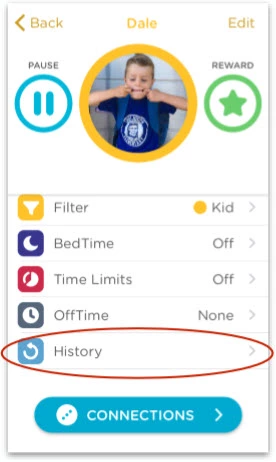
Additional features
Circle also has a couple of other features which are not automatically given to you. Here is a short description of them:
MyCircle
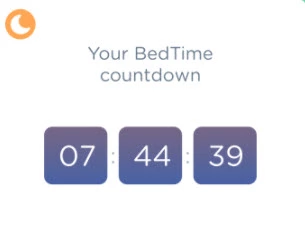
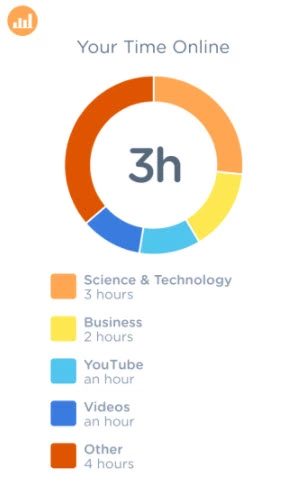
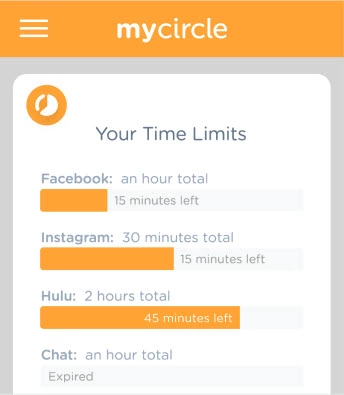
MyCircle is a free app that you download on each family member's mobile device that gives them their own personalized little dashboard. They can see how much time they have each day and how much they have left. MyCircle will also give them a simple explanation as to why the internet is not working then.
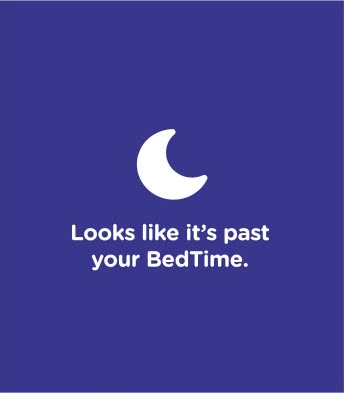

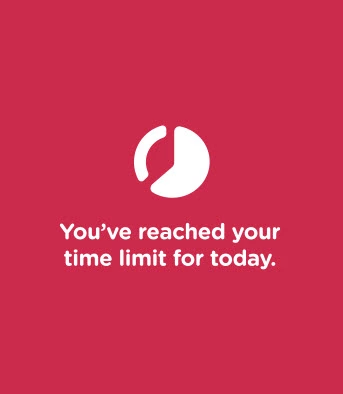
CircleGO
CircleGO is another app that you download on each device that allows you to monitor and manage your kids' internet wherever they go, no matter what network they are on. This is not a free app like MyCircle. This app costs a bit less than $10/month. That's almost $120/year!
Problems
Circle has a great filtering system in place. However, there is a need for more ways to differentiate between homework websites and fun websites, such as a way to block social media or other addicting websites during certain times of the day but allow them during playtime.
Another concern is aesthetic only. Since Circle uses ARP Spoofing you or your child may receive an error message in the browser if that particular website is filtered, it is off time, or past bedtime. Since the browser doesn't know what is going on it may tell you there is a connection error or even a hijacking error or warning. This is nothing to worry about but it can be scary if you don't understand why you are getting these error messages in the browser.
Circle is a fairly affordable parental control device in the long run but if you have kids that hop on the neighbor's open Wi-Fi you need CircleGO and that gets very expensive. In fact, it becomes one of the most expensive parental control options on the market. If you are interested in learning more about free parental control options check out our page Free Ways to Protect Your Kids on the internet.
Conclusion
Circle is a firewall designed with parents in mind. This parental control firewall helps you keep track of and control your kids' internet time in an easy-to-understand way. If you want a way to block age-inappropriate content, pause the internet on a single device with just a press of a button, and set bedtimes for each device then this is the parental control device you need.
While reviewing this product I saw little to no evidence of internal network control. If you have read our guide What Does a Firewall Do then you know that firewalls are not created equal. You have to decide what you need and what you are willing to compromise. In the case of Circle, you are saying Parental controls are the priority.








